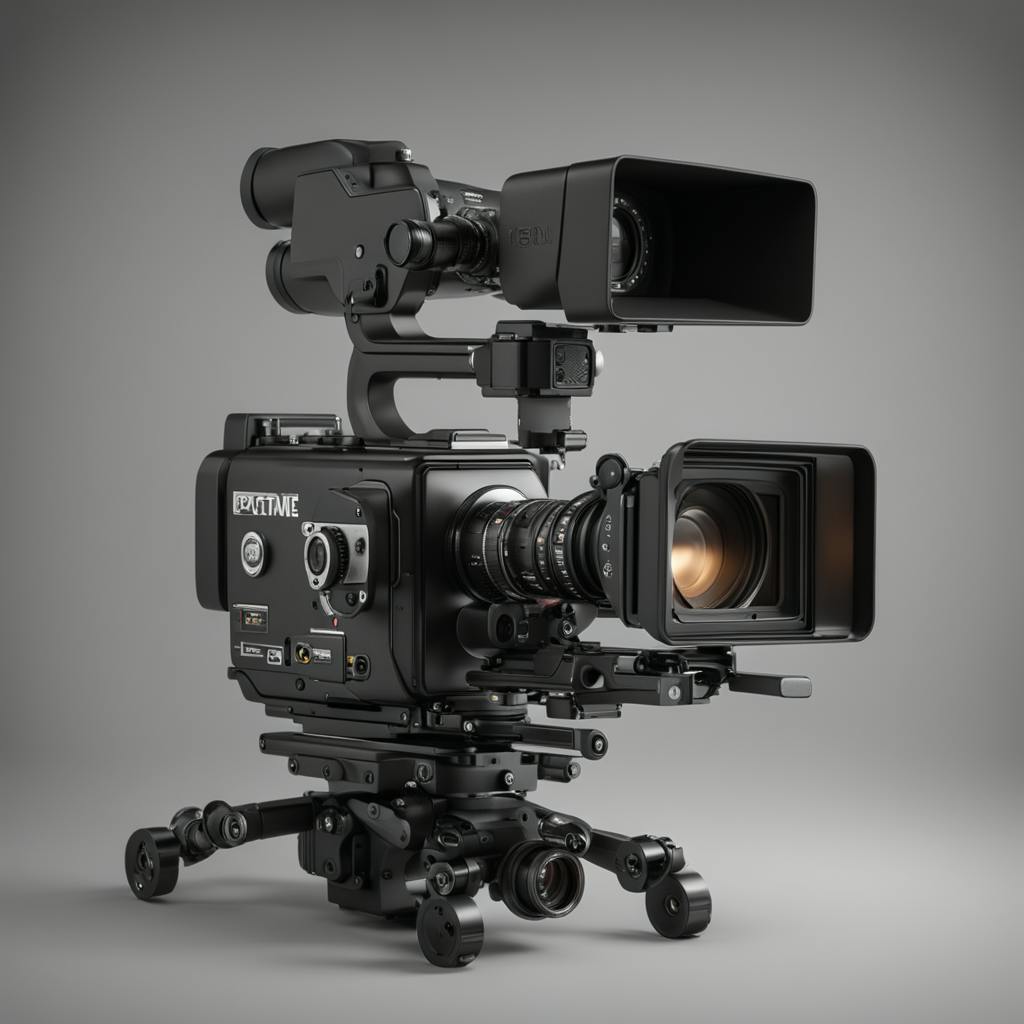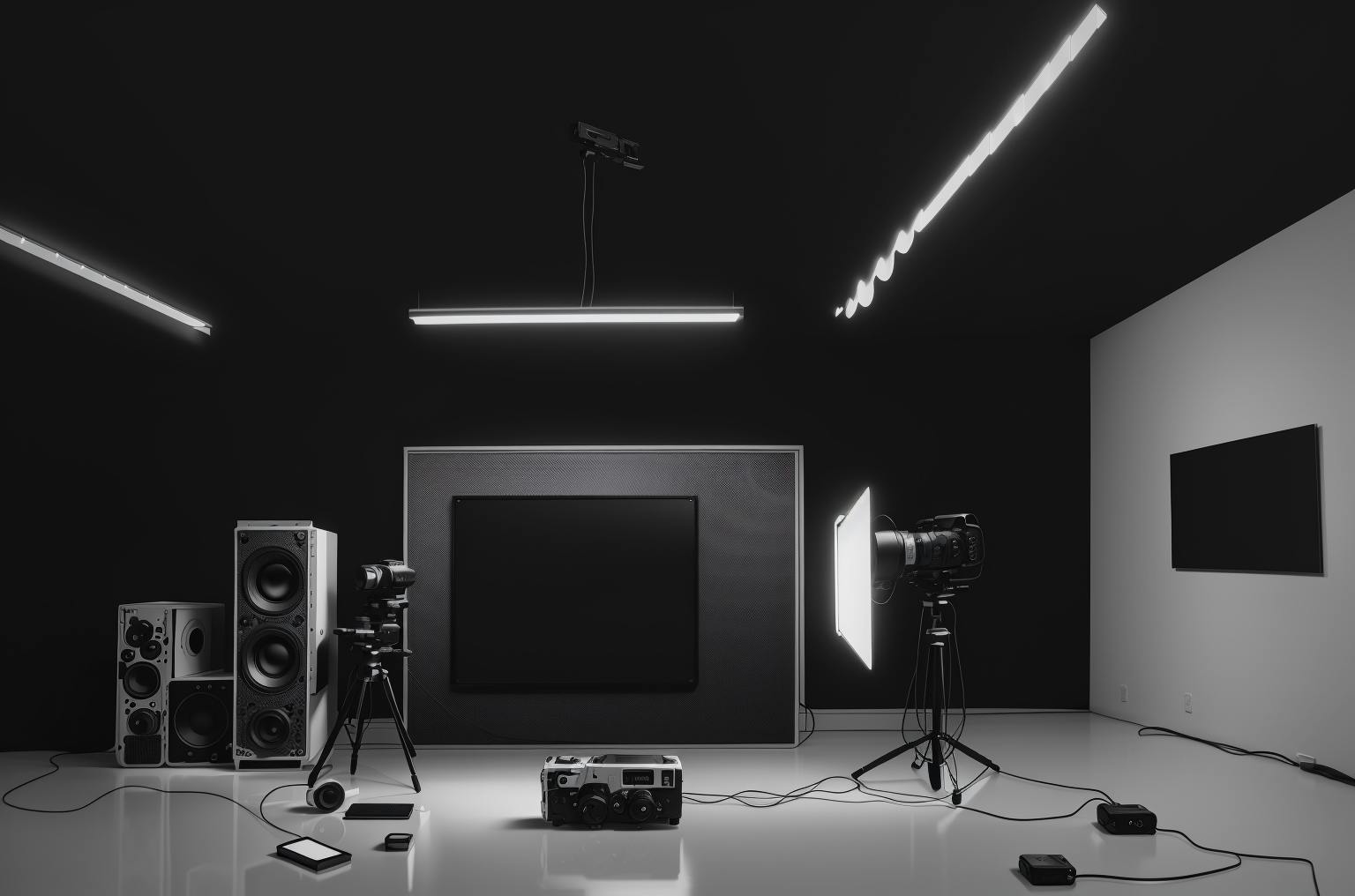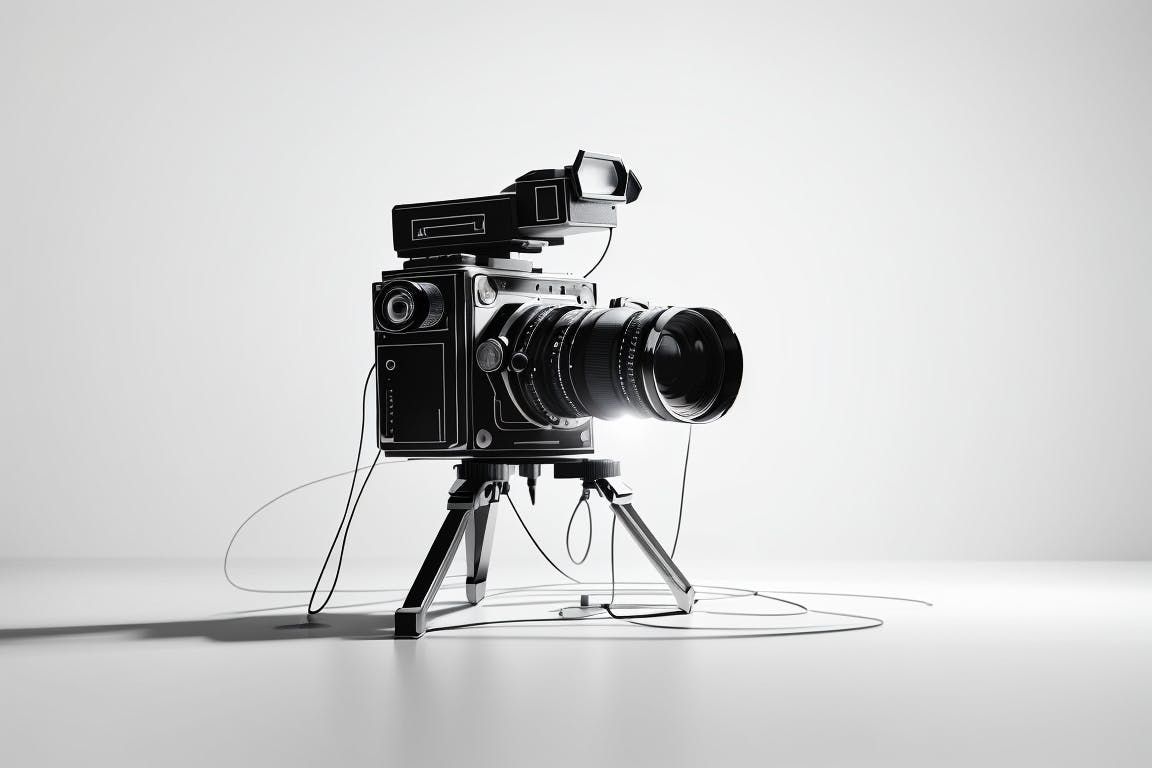The theater darkens. A small spacecraft flees across a star-filled sky. Suddenly, darkness engulfs the audience as a massive Star Destroyer thunders overhead, stretching impossibly far into space. This iconic moment from "Star Wars" (1977) transformed what cinematography means in modern filmmaking. But what is cinematography today, and how has the quest for the perfect shot evolved in our digital age?
Understanding Cinematography: Beyond the Camera
The meaning of cinematography has transcended its traditional boundaries. What's cinematography if not the art of visual storytelling? When Roger Deakins crafted the neon-drenched world of "Blade Runner 2049," he demonstrated how cinematography meaning extends far beyond mere camera operation—it's about creating visual languages that speak directly to audiences' deepest emotions.
The Perfect Shot: Evolution in the Digital Age
Understanding what cinematography means in today's industry requires examining how perfect shot meaning has evolved. As streaming platforms revolutionize content consumption and virtual production transforms filmmaking, the definition of the perfect shot continues to evolve. Yet the fundamental question remains: what is cinematography's role in this new landscape?
Modern Cinematography: Crafting the Perfect Shot
What's cinematography in an era where LED walls can generate any environment imaginable? The answer lies in understanding how these tools serve rather than replace the core principles of cinematography. Consider these elements that define what cinematography means today:

AI made with Christophe Vacher
1. Visual Psychology and Perfect Shot Meaning
Modern cinematography transcends mere image capture. The perfect shot requires:
- Deep understanding of human perception
- Mastery of visual storytelling
- Recognition of cultural context
- Balance of technical and artistic elements
2. Technical Innovation in Cinematography
What is cinematography if not a constant evolution of technique? Today's cinematographers must master:
- Virtual production integration
- Real-time visualization
- Traditional lighting expertise
- Environmental consciousness
The Future of Cinematography: Redefining the Perfect Shot
As we look toward tomorrow, the meaning of cinematography continues to expand. What's cinematography going to look like in five years? Ten? The answer lies in understanding how current trends are reshaping what cinematography means for future generations:
1. Hybrid Approaches
Understanding what cinematography means in modern production requires mastering both virtual and physical techniques. The perfect shot increasingly combines:
- LED volume technology
- Traditional lighting methods
- Real-time rendering
- Practical effects

Artwork generated with prompt workflow by Dré Labre
2. Emerging Technologies
What is cinematography in the age of AI and virtual production? The perfect shot now requires:
- Real-time visualization mastery
- Virtual environment expertise
- Traditional cinematography skills
- Advanced technical knowledge
The Human Element in Modern Cinematography
Despite technological advances, the core of what cinematography means remains fundamentally human. Finding the perfect shot still requires:
- Understanding of visual psychology
- Mastery of storytelling techniques
- Emotional intelligence
- Technical expertise
Conclusion: The Evolution Continues
As we've explored what cinematography means in today's industry, one thing becomes clear: the perfect shot of tomorrow may be captured on technologies we haven't yet imagined, but it will still need to do what great cinematography has always done—move audiences, serve stories, and capture moments that resonate long after the lights come up.
Understanding what cinematography means in this new era isn't just about mastering new tools—it's about recognizing how they serve the timeless art of visual storytelling. The perfect shot still awaits those who can balance technical innovation with artistic vision.

